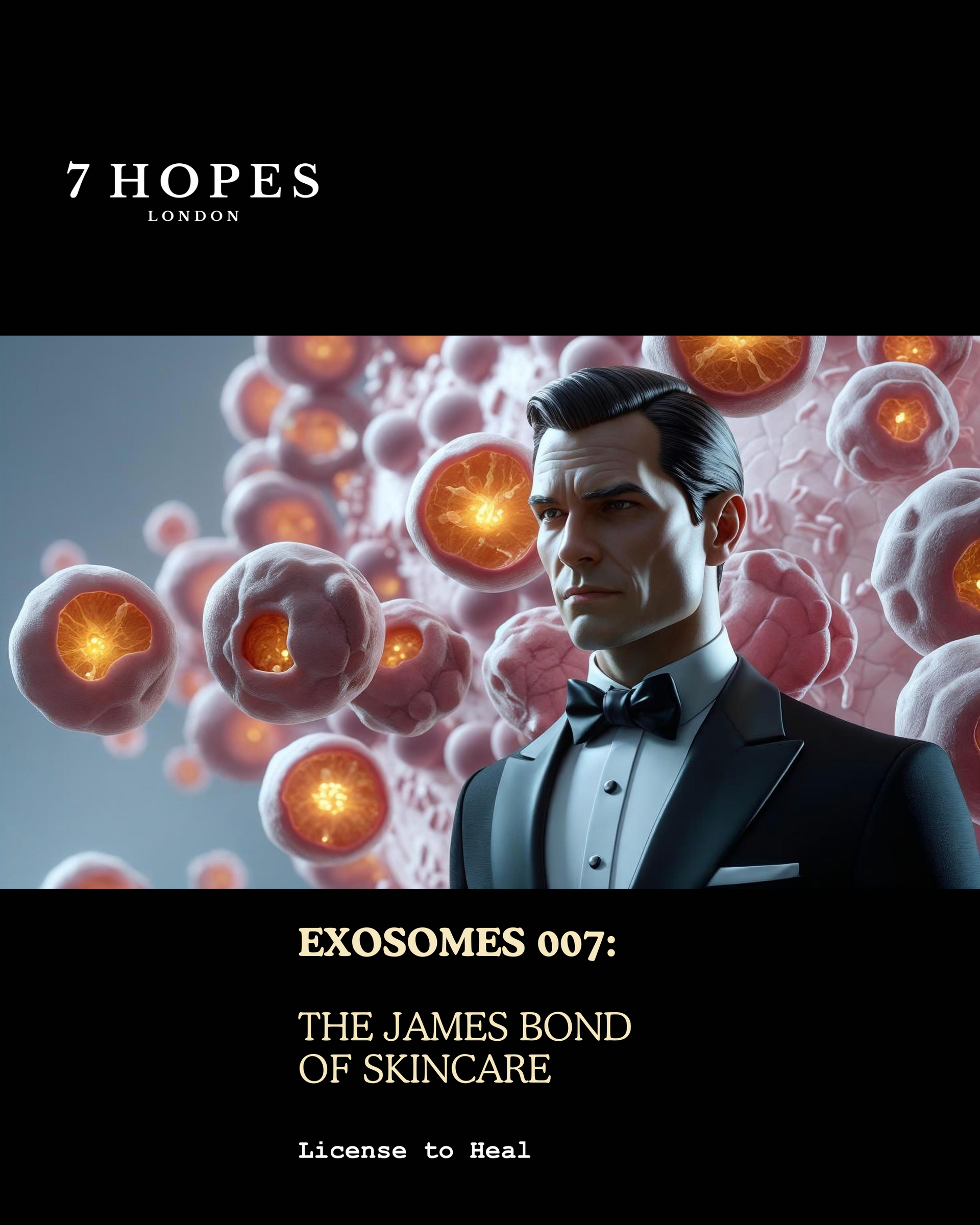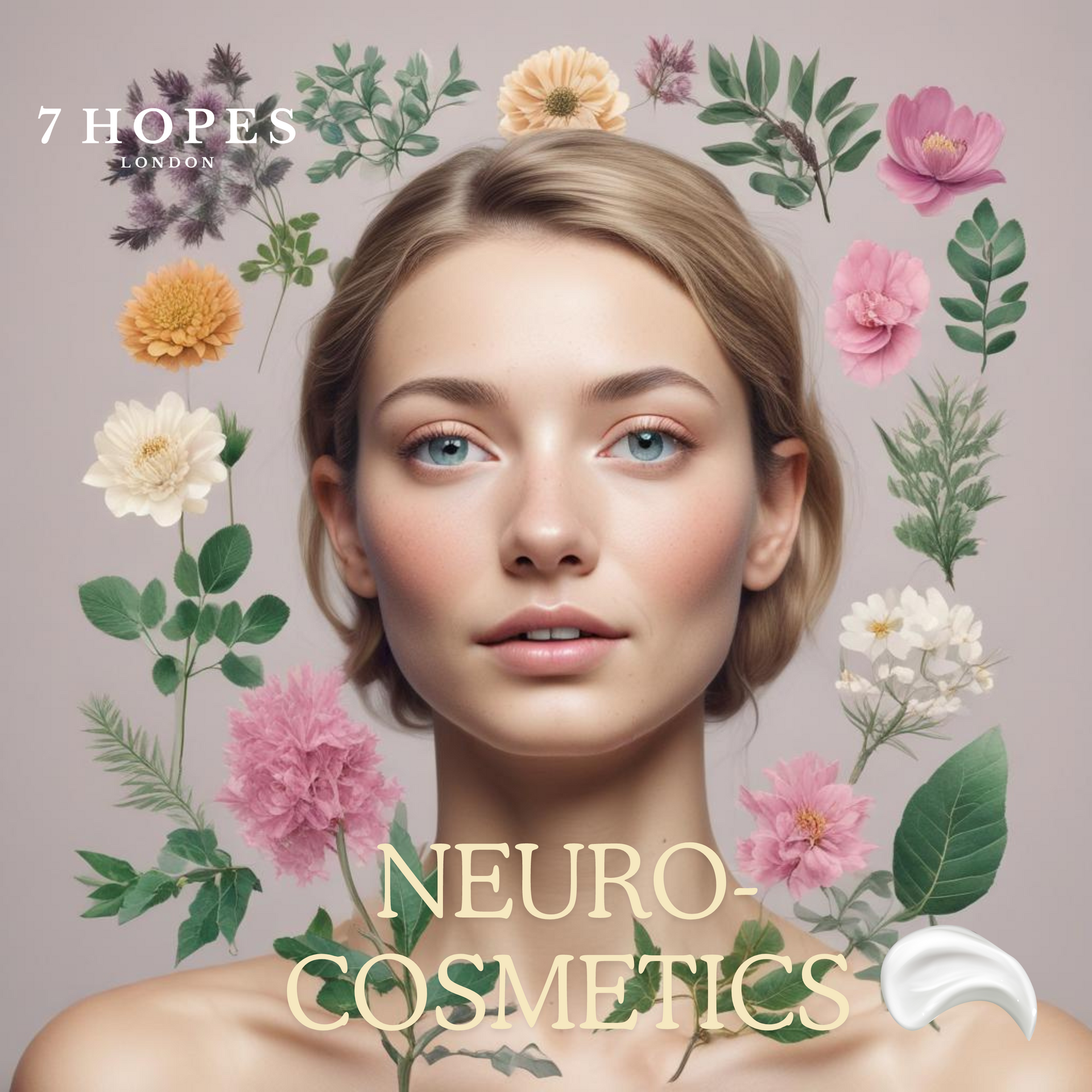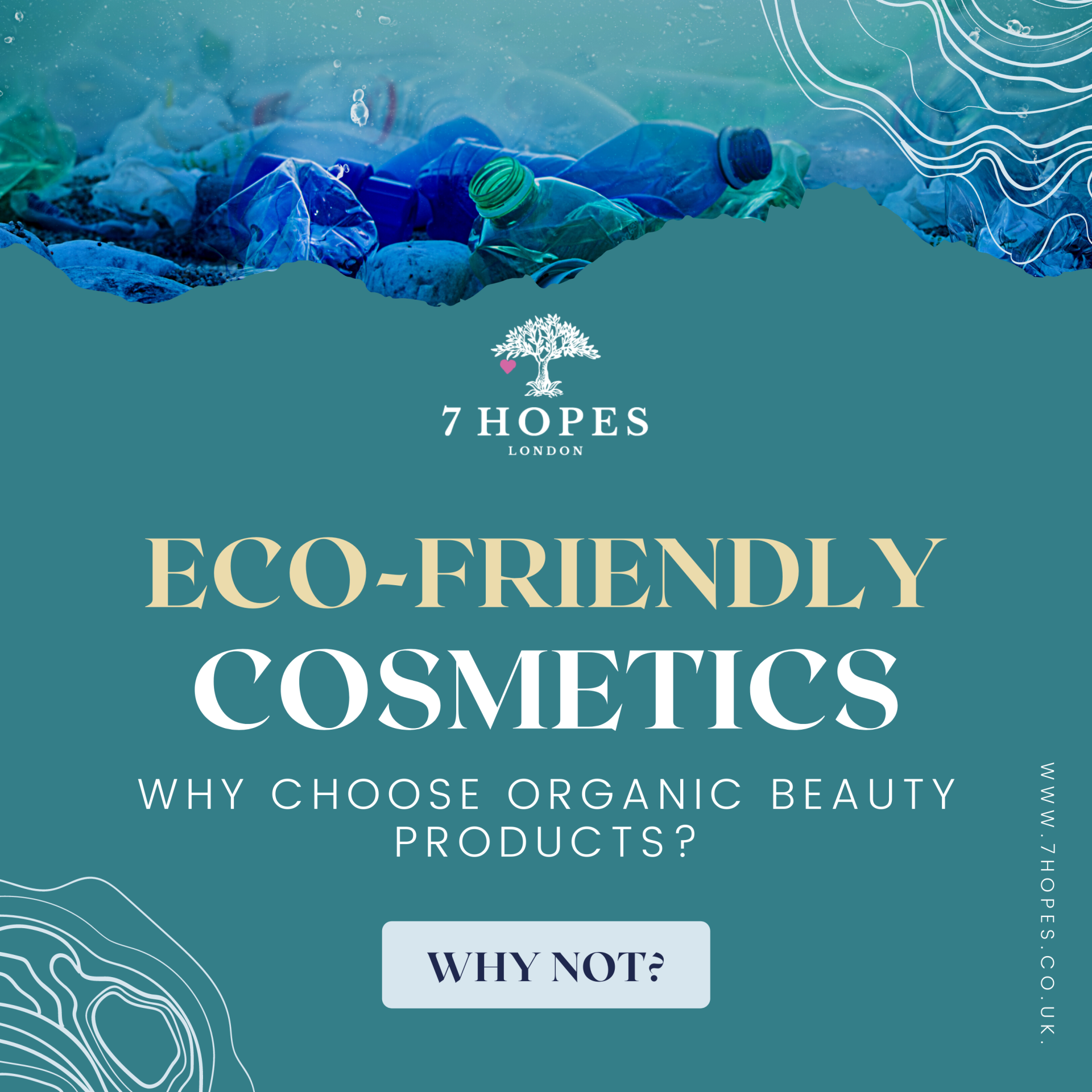2- Should I go for Simple or sophisticated business model?
This is the second blog discussing The 18 major Question you must answer before starting up Your new beauty Start up Business !

Understanding the problem you are solving for your customers is undoubtedly the biggest challenge you’ll face when you’re starting a business. Customers need to want what you are selling and your product needs to solve a real problem.
Yet ensuring that your product fits the needs of the market is only one part of starting a successful business.
The other key ingredient is figuring out how you’re going to make money. This is where your business model comes into play
Simple or Sophisticated business model works best?
Well each kind of model has its pros & cons. The simple business model is easy to copy either by you or even by your competitor when it comes that your model is successful. Incase you don’t have a great experience it’s preferred going for the easy copied business model however you need to differentiate it. Think of a beauty shop, although it may looks so familiar model however you can add an edge like serving population in a unique location, offering a loyalty program where the customer can get a benefit of saving with you, a money back guarantee or even a nice experience in your store.
Going for a be spoke business model will be really tough, coming up with a new idea, looking for a real problem your clients are facing & you will help them.
Such a sophisticated business model will takes a lot of work, studying, investigating, testing, and making surveys. Not only that but also will take time for your clients to understand it & trust it. But after a while it will be a STAR.
Think of Amazon, Although it’s crystal clear the success of this model however you will find it very tough to copy or compete which will act as your armor & barrier of coping it & competing.
We don’t recommend going for such sophisticated business model unless you have a good experience in the industry you are planning to penetrate & have a clear deep study.
What is a business model?
Your business model is a description of how your business makes money. It’s an explanation of how you deliver value to your customers at an appropriate cost.
Business models can be broken into three parts:
1. Everything it takes to make something: design, raw materials, manufacturing, labor, and so on.
2. Everything it takes to sell that thing: marketing, distribution, delivering a service, and processing the sale.
3. How and what the customer pays: pricing strategy, payment methods, payment timing, and so on.
As you can see, a business model is simply an exploration of what costs and expenses you have and how much you can charge for your product or service.
A successful business model just needs to collect more money from customers than it costs to make the product. This is your profit—simple as that.
New business models can refine and improve any of these three components. Maybe you can lower costs during design and manufacturing. Or, perhaps you can find more effective methods of marketing and sales. Or, maybe you can figure out an innovative way for customers to pay.
Keep in mind, though, that you don’t have to come up with a new business model to have an effective strategy. Instead, you could take an existing business model and offer it to different customers. For example, restaurants mostly operate on a standard business model but focus their strategy by targeting different kinds of customers.
1. Advertising
The advertising business model has been around a long time and has become more sophisticated as the world has transitioned from print to online. The fundamentals of the model revolve around creating content that people want to read or watch and then displaying advertising to your readers or viewers.
In an advertising business model, you have to satisfy
two customer groups: your readers or viewers, and your advertisers. Your
readers may or may not be paying you, but your advertisers certainly are.
An advertising business model is sometimes combined with a crowdsourcing model
where you get your content for free from users instead of paying content
creators to develop content.
Examples: CBS, The New York Times, YouTube
2. Affiliate
The affiliate business model is related to the advertising business model but has some specific differences. Most frequently found online, the affiliate model uses links embedded in content instead of visual advertisements that are easily identifiable.
For example, if you run a book review website, you could embed affiliate links to Amazon within your reviews that allow people to buy the book you are reviewing. Amazon will pay you a small commission for every sale that you refer to them.
Examples: TheWireCutter.com, TopTenReviews.com
3. Brokerage
Brokerage businesses connect buyers and sellers and help facilitate a transaction. They charge a fee for each transaction to either the buyer or the seller and sometimes both.
One of the most common brokerage businesses is a real estate agency , but there are many other types of brokerages such as freight brokers and brokers who help construction companies find buyers for dirt that they excavate from new foundations.
Examples: ReMax, RoadRunner Transportation Systems
4. Concierge/customization
Some businesses take existing products or services and add a custom element to the transaction that makes every sale unique for the given customer.
For example, think of custom travel agents who book trips and experiences for wealthy clients. You can also find customization happening at a larger scale with products like Nike’s custom sneakers.
Examples: NIKEiD, Journy
5. Crowdsourcing
If you can bring together a large number of people to contribute content to your site, then you’re crowdsourcing. Crowdsourcing business models are most frequently paired with advertising models to generate revenue, but there are many other iterations of the model. Threadless, for example, lets designers submit t-shirt designs and gives the designers a percentage of sales.
Companies that are trying to solve difficult problems often publish their problems openly for anyone to try and solve. Successful solutions get rewards and the company can then grow their business. The key to a successful crowdsourcing business is providing the right rewards to entice the “crowd” while also enabling you to build a viable business.
Examples: Threadless, YouTube, P&G Connect and Develop, Cuusoo
6. Disintermediation
If you want to make and sell something in stores, you typically work through a series of middlemen to get your product from the factory to the store shelf.
Disintermediation is when you sidestep everyone in the supply chain and sell directly to consumers, allowing you to potentially lower costs to your customers and have a direct relationship them as well.
Examples: Casper, Dell
7. Fractionalization
Instead of selling an entire product, you can sell just part of that product with a fractionalization business model.
One of the best examples of this business model is timeshares, where a group of people owns only a portion of a vacation home, enabling them to use it for a certain number of weeks every year.
Examples: Disney Vacation Club, NetJets
8. Franchise
Franchising is common in the restaurant industry, but you’ll also find it in all sorts of service industries from cleaning businesses to staffing agencies.
In a franchise business model, you are selling the recipe for starting and running a successful business to someone else. You’re often also selling access to a national brand and support services that help the new franchise owner get up and running. In effect, you’re selling access to a successful business model that you’ve developed.
Examples: Ace Hardware, McDonald’s, Allstate
9. Freemium
With a freemium business model, you’re giving away part of your product or service for free and charging for premium features or services.
Freemium isn’t the same as a free trial where customers only get access to a product or service for a limited period of time. Instead, freemium models allow for unlimited use of basic features for free and only charge customers who want access to more advanced functionality.
Examples: MailChimp, Evernote, LinkedIn
10. Leasing
Leasing might seem similar to fractionalization, but they are actually very different. In fractionalization, you are selling perpetual access to part of something. Leasing, on the other hand, is like renting. At the end of a lease agreement, a customer needs to return the product that they were renting from you.
Leasing is most commonly used for high-priced products where customers may not be able to afford a full purchase but could instead afford to rent the product for a while.
Examples: Cars, DirectCapital
11. Low-touch
With a low-touch business model, companies lower their prices by providing fewer services. Some of the best examples of this type of business model are budget airlines and furniture sellers like IKEA. In both of these cases, the low-touch business model means that customers need to either purchase additional services or do some things themselves in order to keep costs down.
Examples: IKEA, Ryan Air
12. Marketplace
Marketplaces allow sellers to list items for sale and provide customers with easy tools for connecting to sellers.
The marketplace business model can generate revenue from a variety of sources including fees to the buyer or the seller for a successful transaction, additional services for helping advertise seller’s products, and insurance so buyers have peace of mind. The marketplace model has been used for both products and services.
Examples: eBay, Airbnb
13. Pay-as-you-go
Instead of pre-purchasing a certain amount of something, such as electricity or cell phone minutes, customers get charged for actual usage at the end of a billing period. The pay-as-you-go model is most common in home utilities, but it has been applied to things like printer ink.
Examples: Water companies, HP Instant Ink
14. Razor blade
The razor blade business model is named after the product that essentially invented the model: sell a durable product below cost to increase volume sales of a high-margin, disposable component of that product.
This is why razor blade companies practically give away the razor handle, assuming that you’ll continue to buy a large volume of blades over the long term. The goal is to tie a customer into a system, ensuring that there are many additional, ongoing purchases over time.
Examples: Gillette, Inkjet printers, Xbox, Amazon’s Kindle
15. Reverse razor blade
Flipping the razor blade model around, you can offer a high-margin product and promote sales of a low-margin companion product.
Similar to the razor blade model, customers are often choosing to join an ecosystem of products. But, unlike the razor blade model, the initial purchase is the big sale where a company makes most of its money. The add-ons are just there to keep customers using the initially expensive product.
Examples: Apple’s iPod & iTunes, and now MacBooks & Pages, Numbers, and Keynote
16. Reverse auction
A reverse auction business model turns auctions upside down and has sellers present their lowest prices to buyers. Buyers then have the option to choose the lowest price presented to them.
You can see reverse auctions in action when contractors bid to do work on a construction project. You also see reverse auctions anytime you shop for a mortgage or other type of loan.
Examples: Priceline.com, LendingTree
17. Subscription
Subscription business models are becoming more and more common. In this business model, consumers get charged a subscription fee to get access to a service.
While magazine and newspaper subscriptions have been around for a long time, the model has now spread to software and online services and is even showing up in service industries.
Examples: Netflix, Salesforce, Comcast
This is by no means an exhaustive list of all business models that exist—but, hopefully, it gets you thinking about how you might structure your business.
The key thing to remember is that you don’t need to invent a new business model when you’re starting your business. Using existing models can help lead you to success because the model has been proven to work. You’ll be innovating in smaller ways within that existing business model to grow your business.
A new business model could be extremely lucrative but also brings with it higher risk. You don’t know if customers will accept the model or not.
If you think I should add another business model to this list, please comment & send me your feedback.
















